
How To Actually Listen In Relationships
Most relationship advice tells you to “listen better” but never explains how. Here’s what actually works – and why your current approach isn’t cutting it.

Most relationship advice tells you to “listen better” but never explains how. Here’s what actually works – and why your current approach isn’t cutting it.

Stopped reacting, started understanding – and watched miscommunications drop, anxiety dissolve, and people show up differently. Turns out empathy isn’t soft, it’s strategic.

You’re absorbing everyone’s emotions and burning out. There’s a type of empathy that lets you understand people without drowning in their feelings – it’s strategic compassion.

Your relationships aren’t failing because you’re not trying hard enough – they’re struggling because you’re working with faulty wiring that makes you react before you understand.

I tested every coding assistant for 30 years. Most are just fancy autocomplete. Roo Code is the first that actually gets it – runs locally, open-source, and keeps you in flow.

After 30 years of coding, I found the first assistant that actually collaborates instead of just guessing. Roo Code runs specialized agents that handle different dev tasks.

After 30 years of coding, I found the first AI assistant that actually feels like a teammate. Roo Code thinks in specs first, uses different models for different tasks, runs locally for privacy, and works autonomously like a junior dev who never gets tired.

After 30 years coding, I found an AI that actually understands my entire project, handles spec-to-deployment, runs locally, and acts like a real partner instead of fancy autocomplete.

After 30 years building software and testing every AI coding assistant, I found one that actually works: Roo Code. It thinks in modes, runs locally, understands full codebases.

AI can understand your emotions and respond appropriately, but it’s not actually feeling anything – just pattern-matching from millions of examples. This matters more than you think.
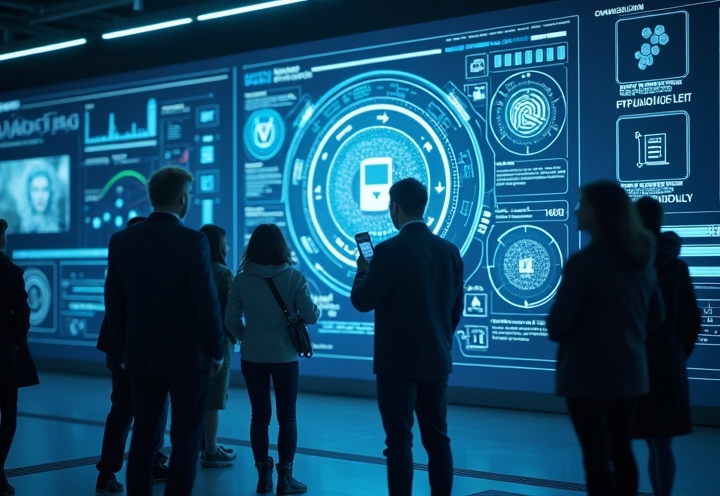
Smart teams buy expensive AI tools that end up collecting dust. The problem isn’t the technology – it’s that nobody wants to fight with it. Here’s how to build AI workflows people actually use.

Building AI agent teams isn’t about coding – it’s about managing dynamics. The same emotional intelligence that makes you good with people makes you exceptional at orchestrating agents through “vibe coding.”

After 30 years of coding, I learned AI works best when you treat it like a junior developer. Here are 5 skills that changed how I work with AI teammates.

After decades of coding and building AI solutions, I learned that picking the right LLM isn’t about finding “the best one” – it’s about matching each tool to the right job and knowing how to use them properly.

You can actually change how you experience time – not by doing more, but by slowing down inside through presence and cognitive empathy to make life feel less chaotic.

Ever feel like time is slipping away? Discover how cognitive empathy doesn’t just help you understand others – it actually slows down time and makes you present.
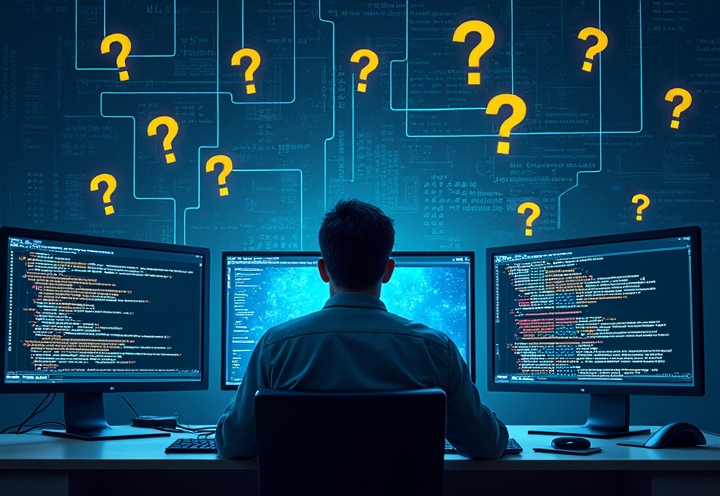
You know that feeling when someone gives you directions with total confidence – and you end up at a dead end? That’s AI coding assistants in a nutshell.

After years of AI prompting, I’ve figured out the key question: when do you keep tweaking versus starting over? Here’s my framework for knowing which approach works.
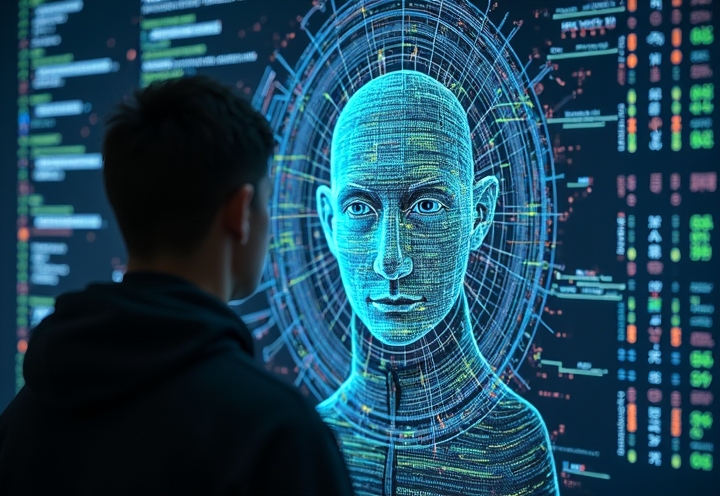
After 30 years of coding, I learned the secret to getting useful work from AI: break problems into small chunks instead of dumping everything into one prompt.
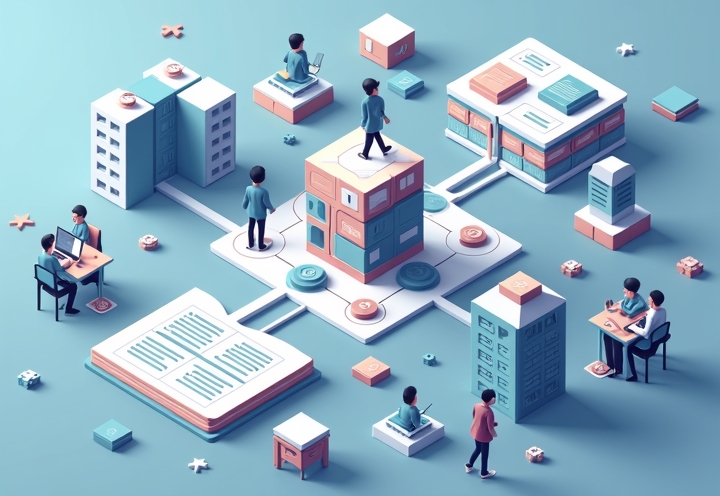
Your AI gives mediocre answers because you’re asking it to solve complex problems all at once. Break tasks into smaller chunks instead – like building a web scraper, then analyzing data, then generating a report separately. Each piece gets the model’s full attention and drastically improves quality.

Most leaders think AI is just chatbots, but they’re missing 3x efficiency gains. After 30 years building AI workflows, I’ve learned the best systems understand people, not just data.

Breaking complex AI tasks into smaller chunks gets way better results than asking it to solve everything at once. Here’s my 30-year coding process for decomposition prompting.
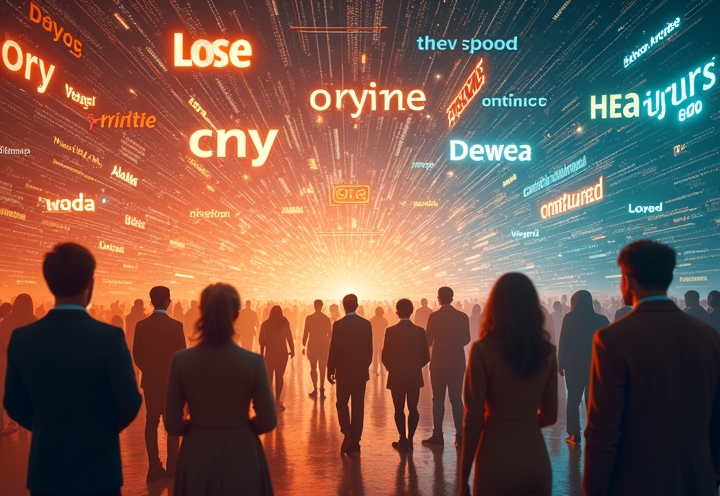

After 30+ years in code and 8 years in AI, here’s the difference between getting stuck and getting results: knowing when to iterate vs when to start fresh.

I learned that forcing positivity actually pushes people away and makes problems worse. When we dismiss struggles with “stay positive,” trust breaks down and real issues get buried.

I spent 30 years watching companies waste money on AI tools that employees hate. The failures aren’t technical – they ignore how humans actually work and think.

AI code looks perfect but feels wrong? After 30 years coding, I’ve learned the most valuable skill isn’t getting AI to write code – it’s knowing when to ignore it.

30+ years of coding taught me this about AI prompts: it’s not about finding the “perfect” prompt, it’s knowing when to iterate vs start over completely.

Most people prompt AI once and hope for the best. The real skill is knowing when to refine versus when to scrap everything and start over.

After 30 years coding and 8 years in AI, I learned the key skill isn’t perfect prompts – it’s knowing when to keep tweaking vs starting fresh. Break prompts into pieces.
Recent Comments